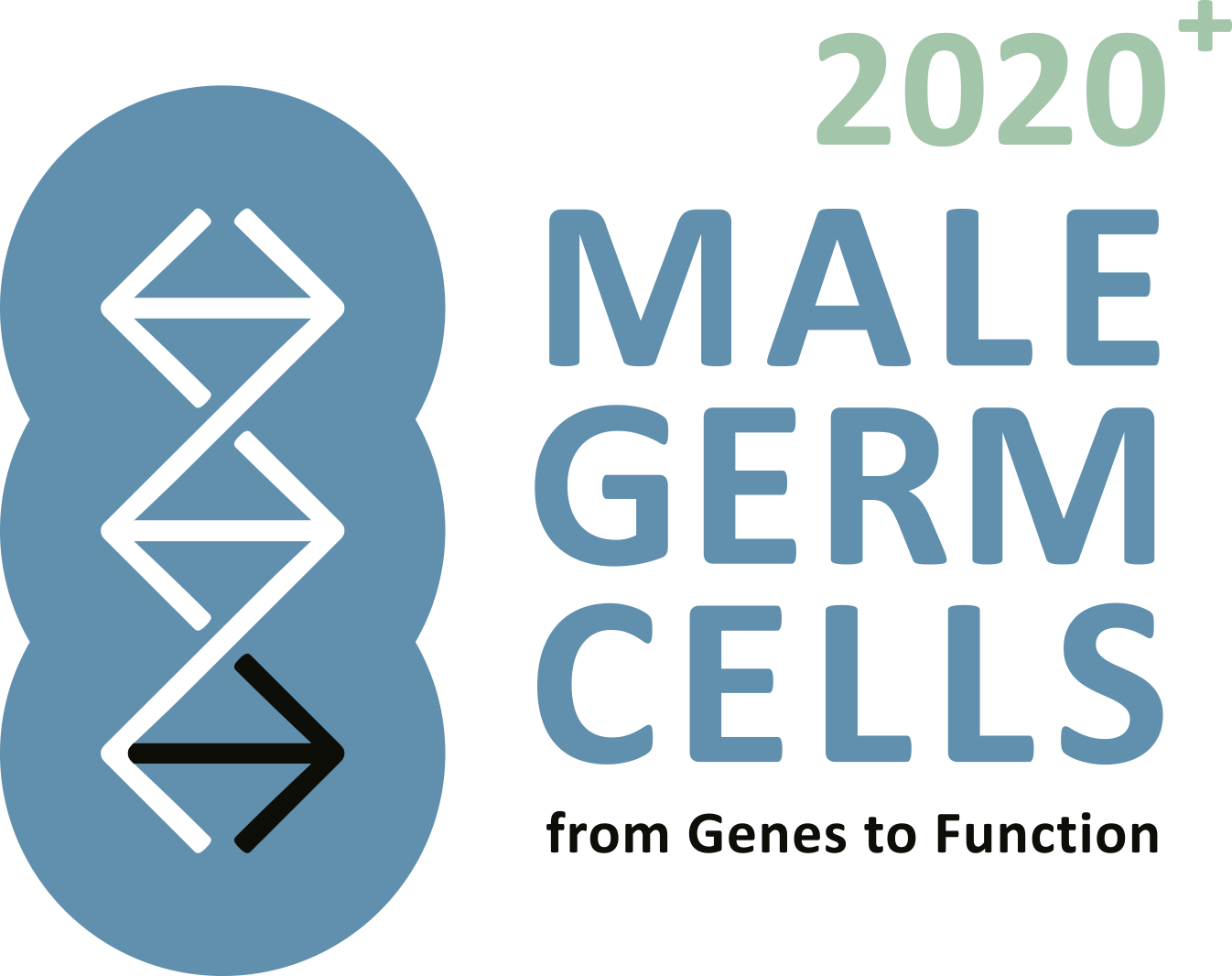P6: Male infertility caused by defects of sperm flagella beat generation
P6 becomes P10 in the CRU renewal application 2020+.
Heymut Omran, Department of General Paediatrics (Homepage)
Primary ciliary dyskinesia (PCD, ORPHA 244) is a genetic disorder caused by inherited defects of motile ciliary function. The genetically, functionally, and ultrastructurally heterogeneous disease affects approximately one in 20,000 individuals at birth. The clinical course of affected individuals is characterised by chronic infection and inflammation of the upper and lower airways and chronic lung failure in adulthood. Due to defects of cilia/flagella motility of distinct cell types other disease manifestations such as male infertility and hydrocephalus are associated with PCD. Interestingly, though firmly associated with PCD and Kartagener Syndrome, composition of sperm flagellar axonems, especially the outer dynein arm complexes responsible for the generation of flagellar beat, and ultrastructural defects causing sperm immotility or dysmotility are still largely unknown. In addition, focused research towards this subject is limited. The main objective of this proposal is therefore I. the characterization of outer dynein arm complexes of human sperm flagella and II. the identification of the underlying genetic defects and pathogenic mechanisms leading to outer dynein arm defects and cilia/sperm flagella dysmotility. To reach our aim, we will retrospectively and prospectively recruit patients who will undergo full clinical examination and diagnostic work up for PCD and fertility/sperm function. We will further use proteomic approaches to identify novel components of sperm flagella outer dynein arm complexes and next generation sequencing approaches to identify genetic defects in affected males and novel genes responsible for PCD and/or male infertility. A comprehensive genotype/phenotype correlation will finally lead to a better understanding of cilia and sperm flagella biology, stratification of infertile/subfertile patients, improvement of current diagnostic tools related to cilia dysfunction and male infertility, improvement of genetic testing and genetic counseling and development of alternative strategies related to assisted reproduction.


